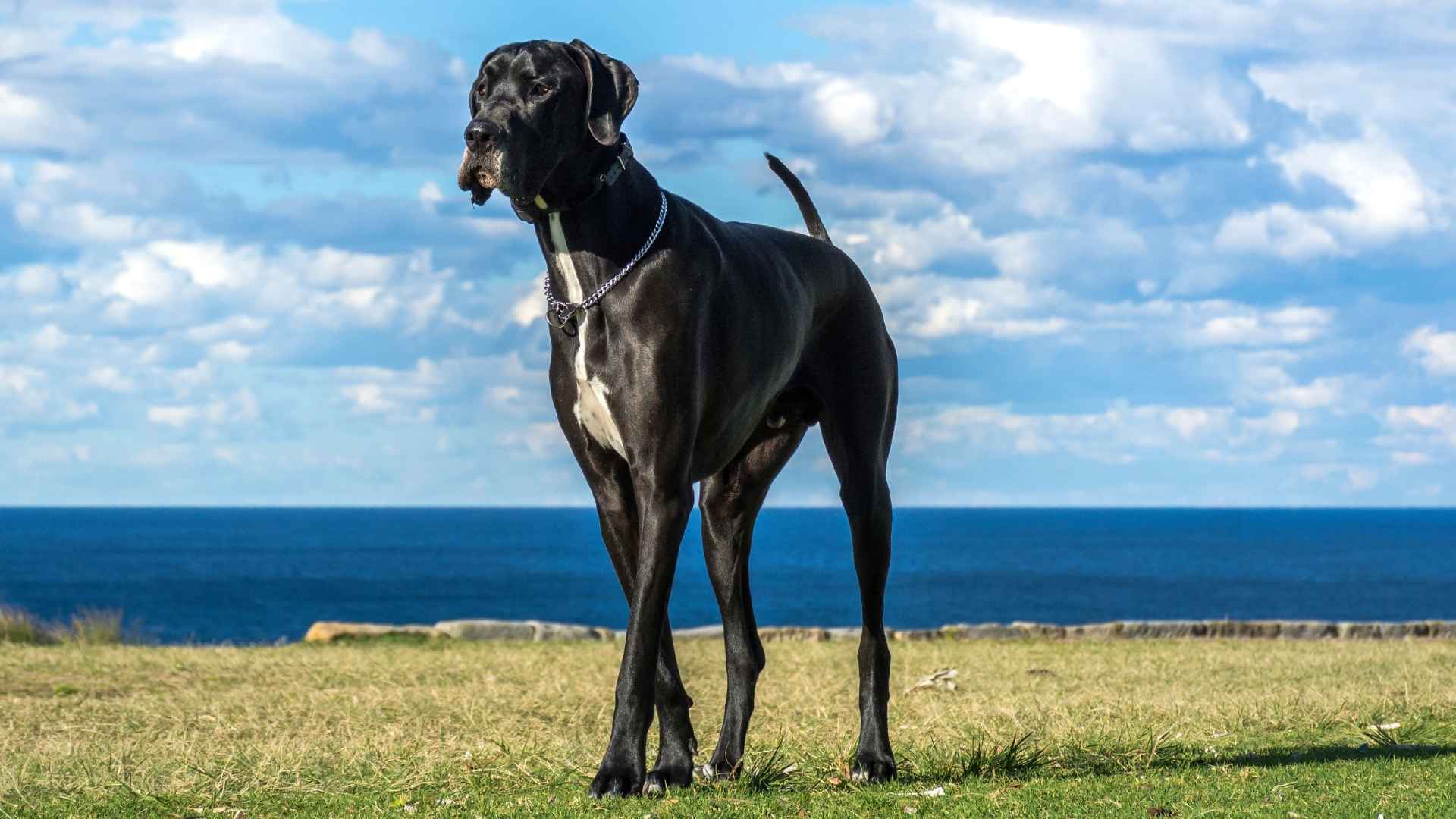Dogs come in different sizes and shapes. While choosing the right dog breed, you need to consider various factors, and your lifestyle is the most important one. For instance, if you live in a home with small children, toy breeds or large breeds may not be an ideal choice for you.
Large dogs may accidentally knock down kids, and small pooches are too fragile to be handled by kids. Similarly, if you live in an apartment, you should avoid big dog breeds that need plenty of space to roam and exercise.
Some breeds are not suitable for busy people as they need lots of exercise and mental stimulation due to their size. Some want to stay by their owner’s side all the time. If they are left alone or neglected for too long, they may suffer from separation anxiety.
Here are some dog breeds to avoid due to their size.
Dog Breeds To Avoid Due To Their Size
1. Chihuahua
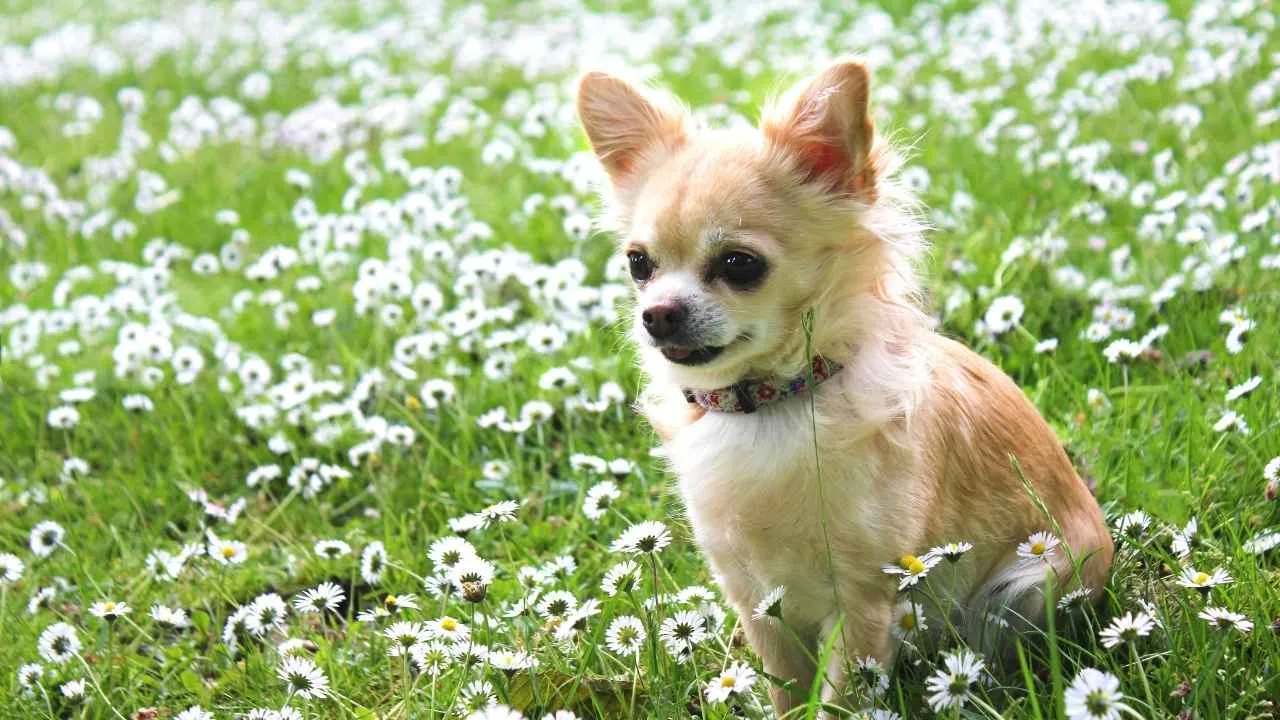
Chihuahuas are small dogs with big personalities, but don’t worry, they are as trainable as tiny ones. These loving lap dogs become super attached to their owners and want to spend all of their time in their owner’s lap. They can become prone to separation anxiety when neglected or left alone.
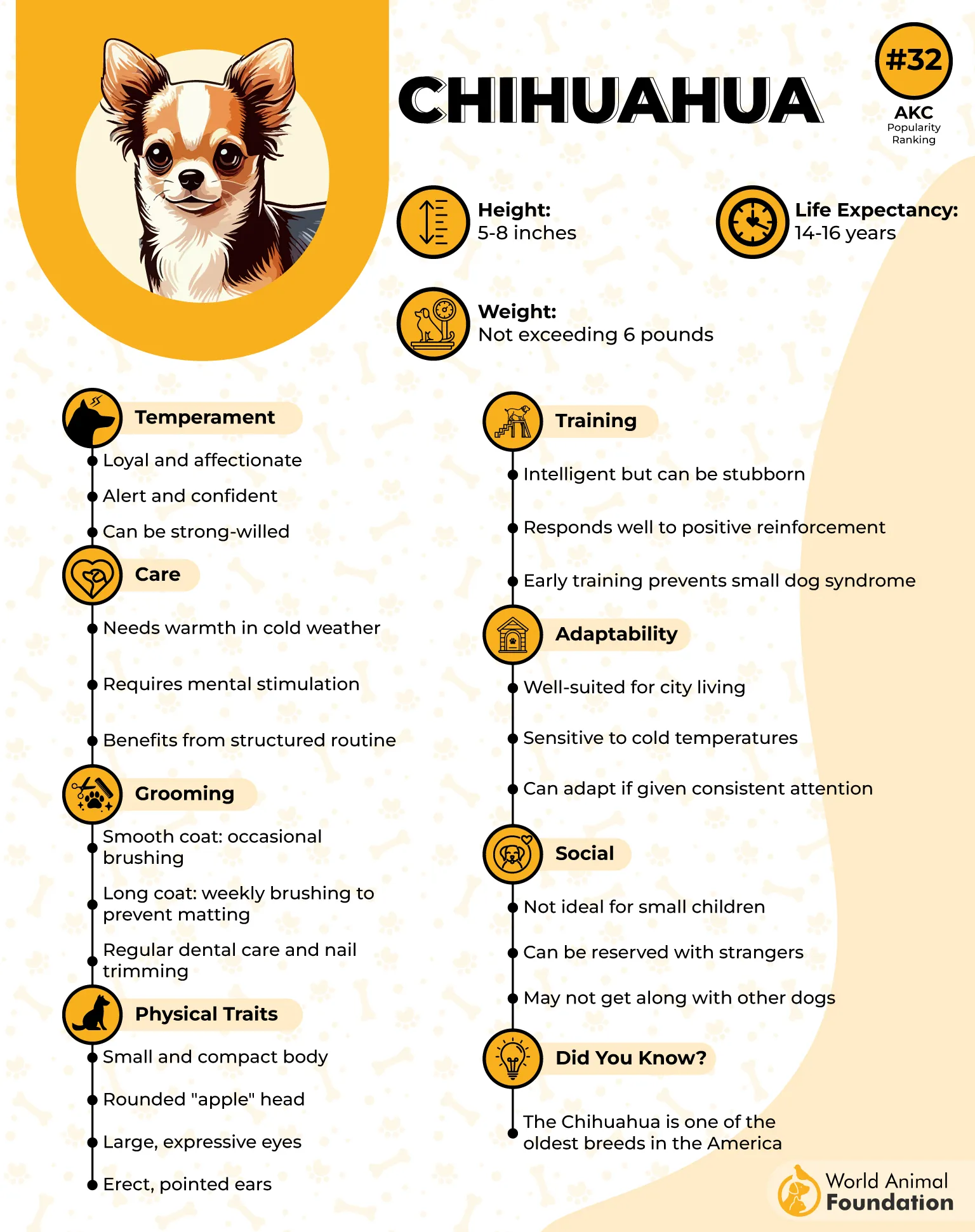
Chihuahuas are dainty and fragile. They cannot tolerate interactions with rambunctious and carefree children due to their size and delicate bones. Children younger than six years of age typically get bitten and growled at.
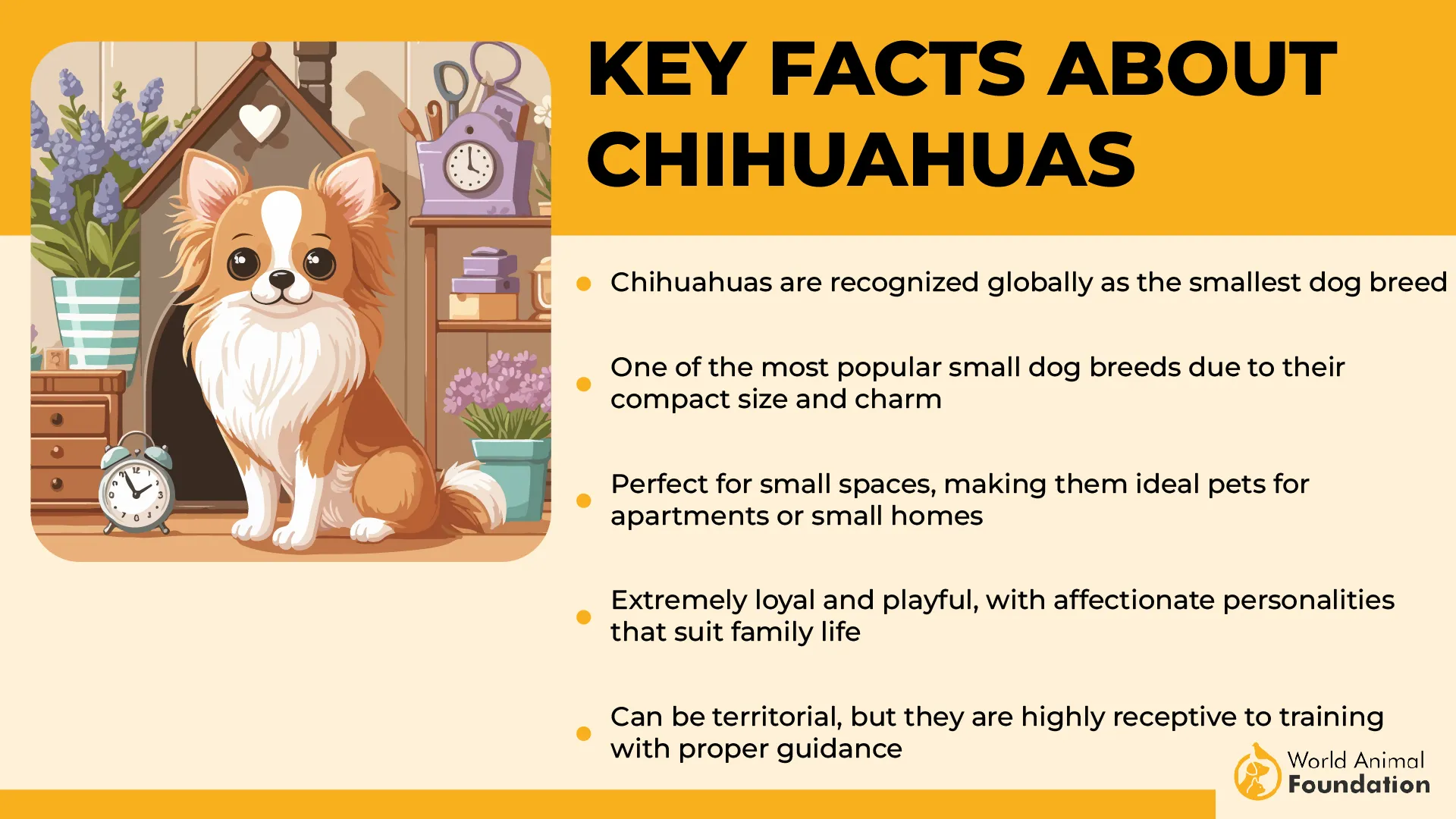
Their moderate to high energy levels mean they need a good amount of exercise every day. Chihuahuas are not fond of your friends and family. They do tolerate new people, but are “one-person” dogs, so they are likely to be leery of strangers.
2. Toy Poodle

Toy Poodles are hypoallergenic toy dogs known for their whip-smart personality. Looking like real-life teddy bears, they show lots of affection to their special humans in their lives. Their exercise needs are not high, but they require lots of socialization, so you have to be available for them.
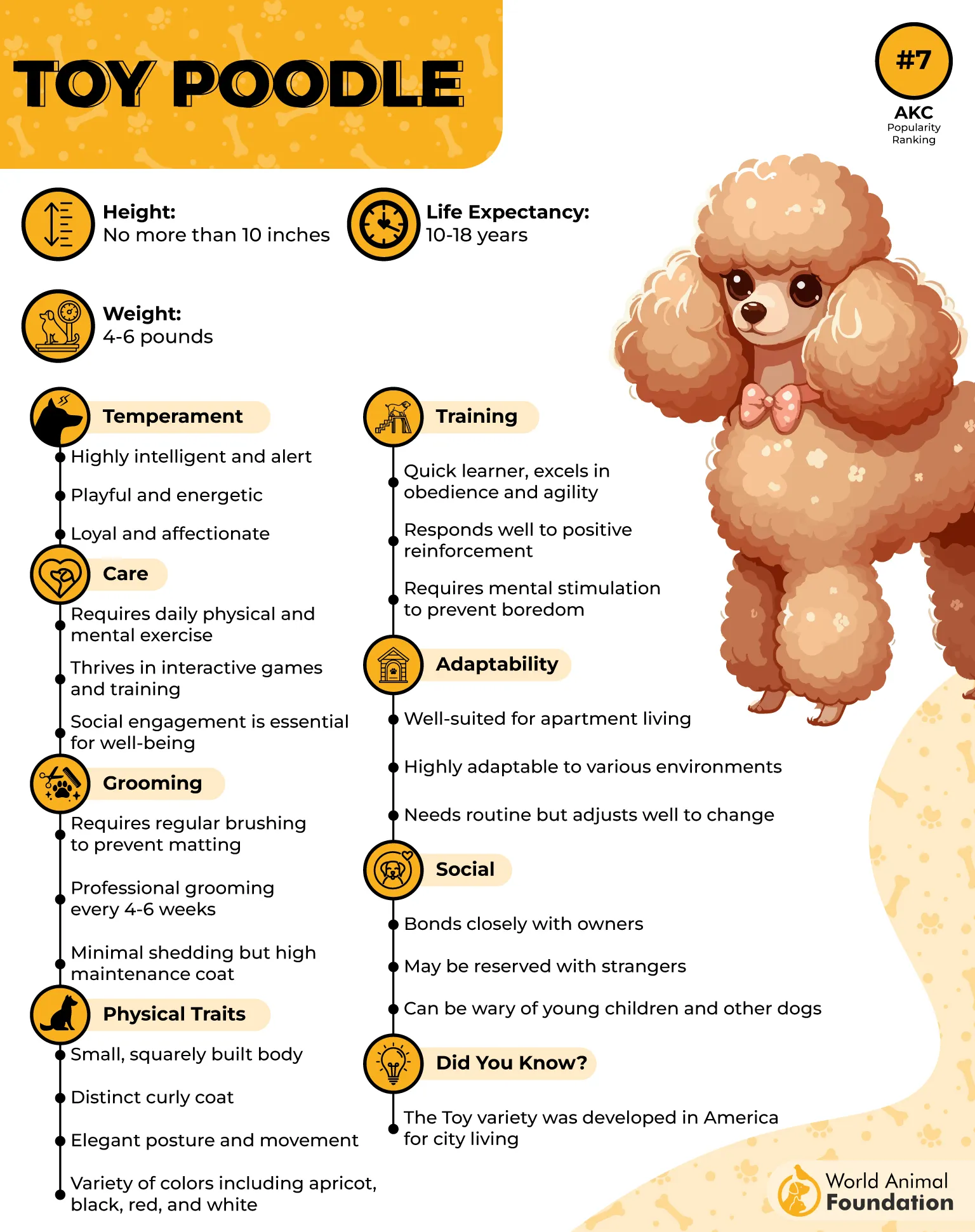
Toy Poodles are intelligent dogs who get along nicely with children due to their sweet temperament. They are relatively easy to train but may not be a good choice for households with small children. Rough, impulsive, and careless young kids may knock them over.
Toy Poodles are playful and self-confident dogs who enjoy playtime with family. They are gentle with children and other pets, but all interactions between a Toy Poodle and kids should be supervised, explains PetMD.
3. Yorkshire Terrier
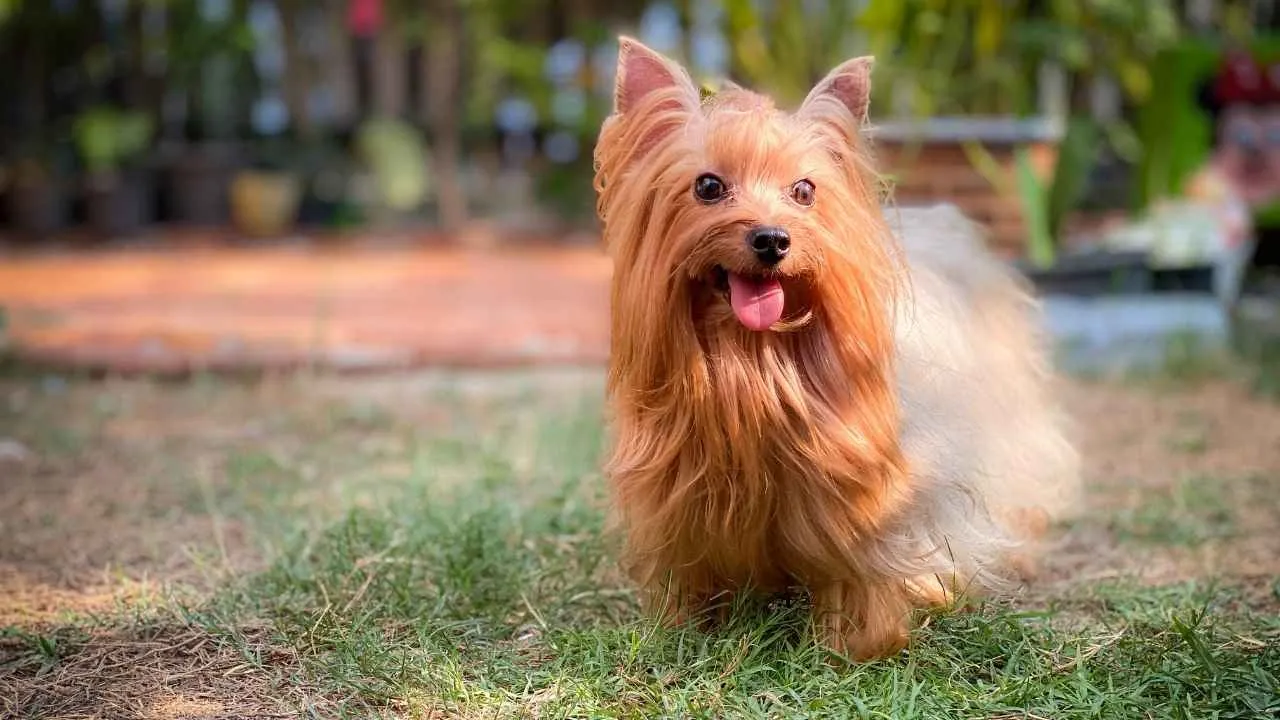
The Yorkshire Terrier is the most popular dog breed in the United States, regardless of their small size. They have long been favored by aristocracy and nobility and make the most adorable lap dogs. Yorkshire Terriers are sweet and small dogs who do not shed much.
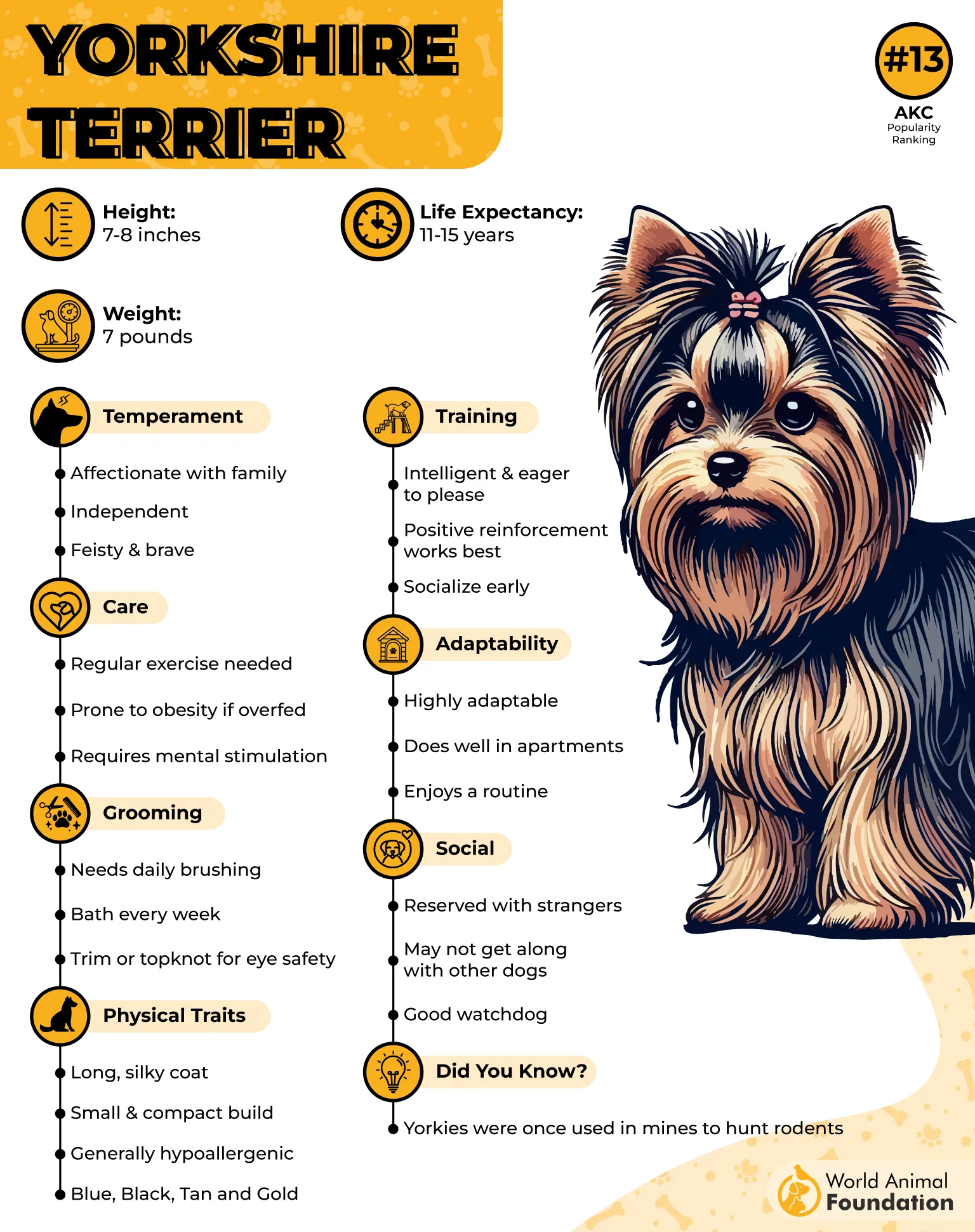
They are hypoallergenic and make excellent pets for allergy sufferers. These feisty canines enjoy playtime with kids as long as they do not get spirited. However, their small size makes them unsuitable for homes with young children, as they can hurt these fragile pups.
Yorkies love snuggles and are quite active. They make excellent watchdogs and always bark to let you know when something is moving, thanks to their sharp hunting instincts. Yorkies make good apartment dogs, but are yappy and may disturb your neighbors if not trained properly.
4. Pomeranian
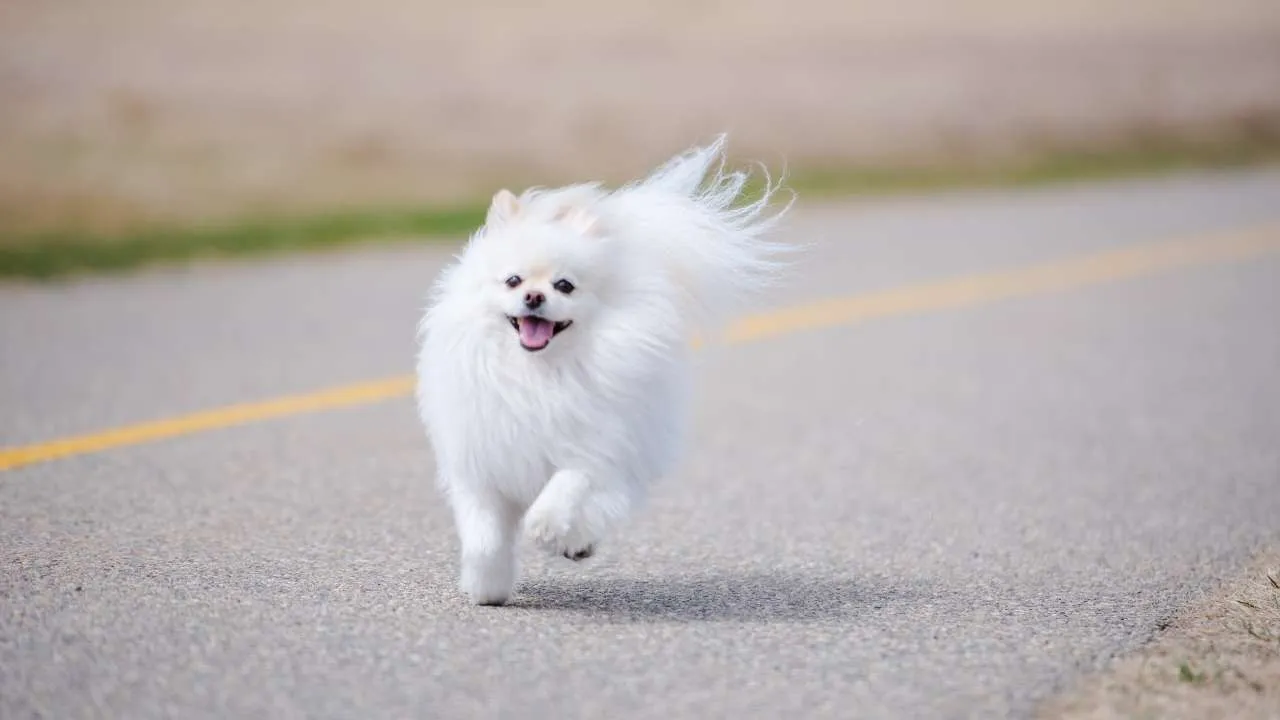
No list of toy dog breeds is complete without these tiny fox-faced canines. Pomeranians are feisty and sassy dogs who love to be the center of attention. They are quite playful and tend to convey their emotions with yapping.
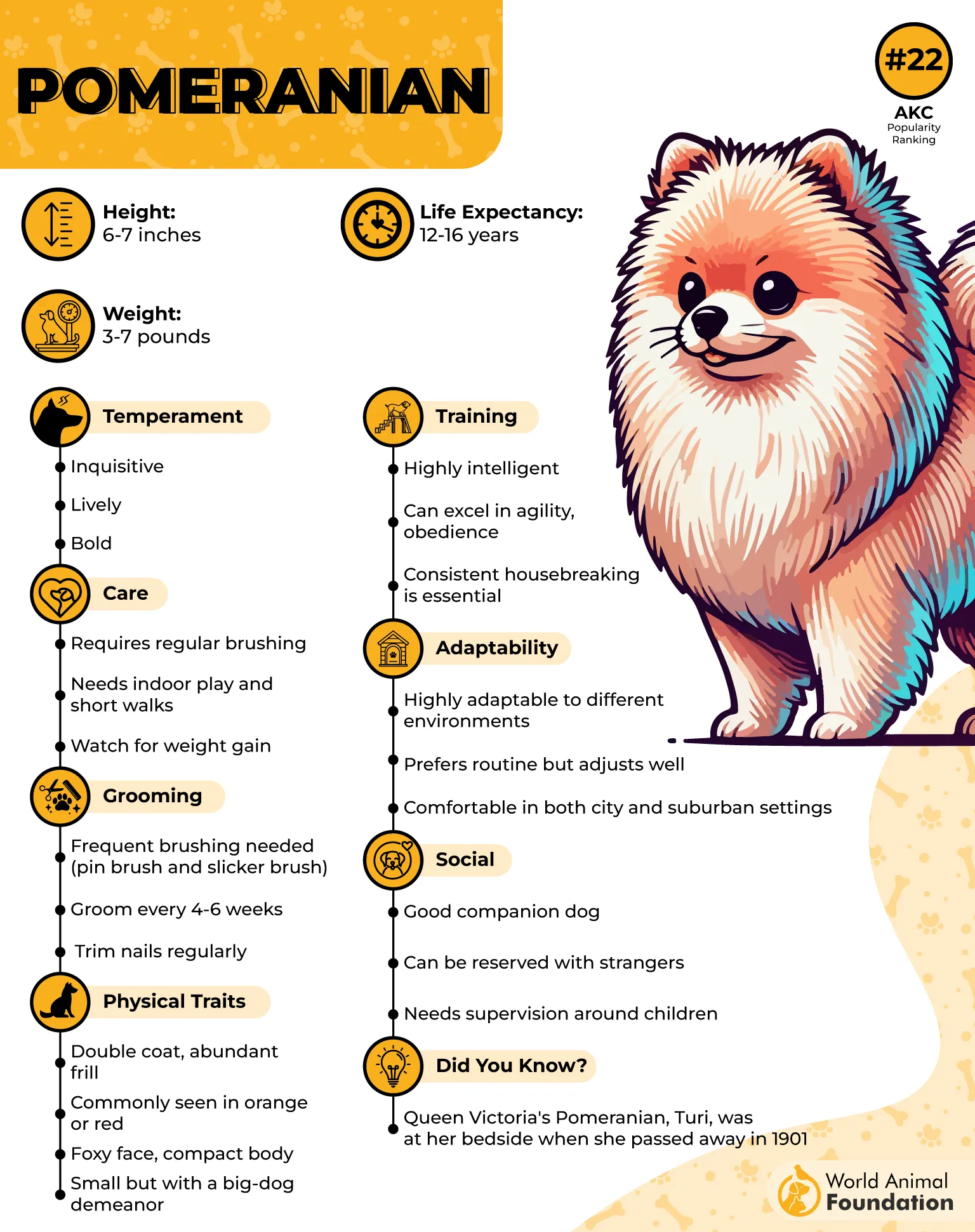
These small dogs are not hardy and can be easily injured during rough play. Kids of a young age could accidentally hurt themselves and even break a bone without meaning to. Children can also fall and land on Poms, causing injury to both parties.
Cutting it short, toddlers may not understand the respect a Pomeranian demands as a pet. Therefore, always monitor Pomeranian-child interactions to avoid such problems. They make good apartment dogs but are a bit vocal, so they might bother your neighbors.
5. Maltese
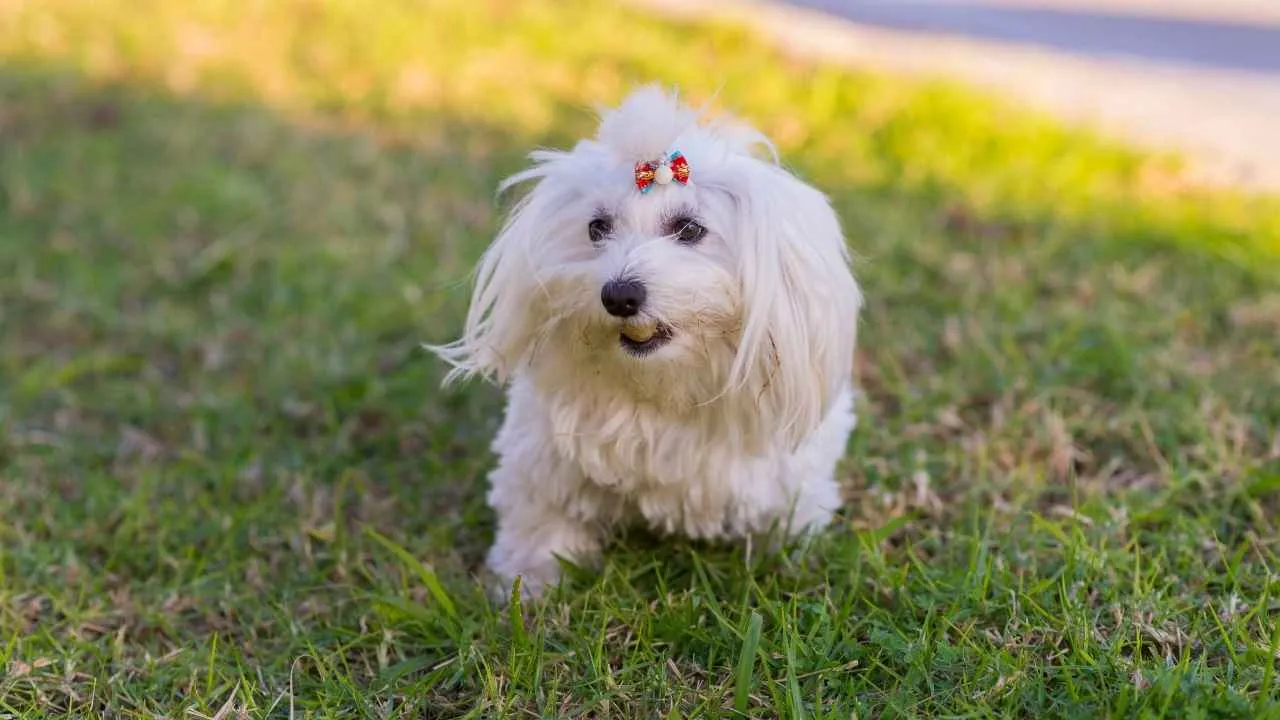
Maltese can easily steal your heart with their expressive eyes and spunky personalities. Typically affectionate and charming, these small white dogs make great watchdogs and athletes. Their beautiful coat requires lots of grooming and care.
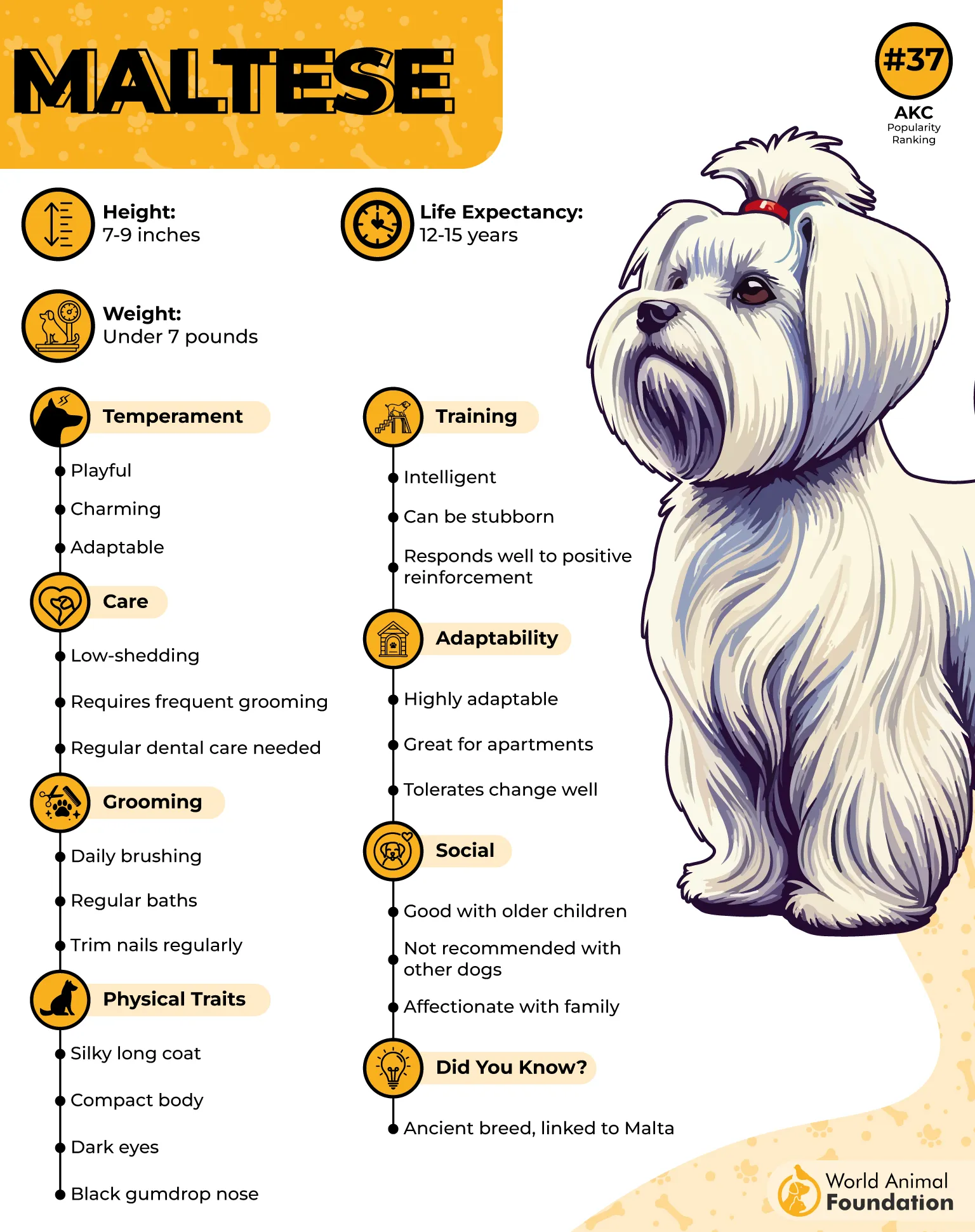
Maltese make great family dogs and are good for households with older children, but can be snappish with younger children. These friendly pooches love companionship and do well with a walk around the block and interactive play sessions.
These dogs require only half an hour of daily exercise to stay content. According to Hill’s Pet, Maltese are highly alert dogs who tend to bark in response to unfamiliar noises. They are well-suited for first-time owners who enjoy grooming and walking their pooches.
6. Great Dane
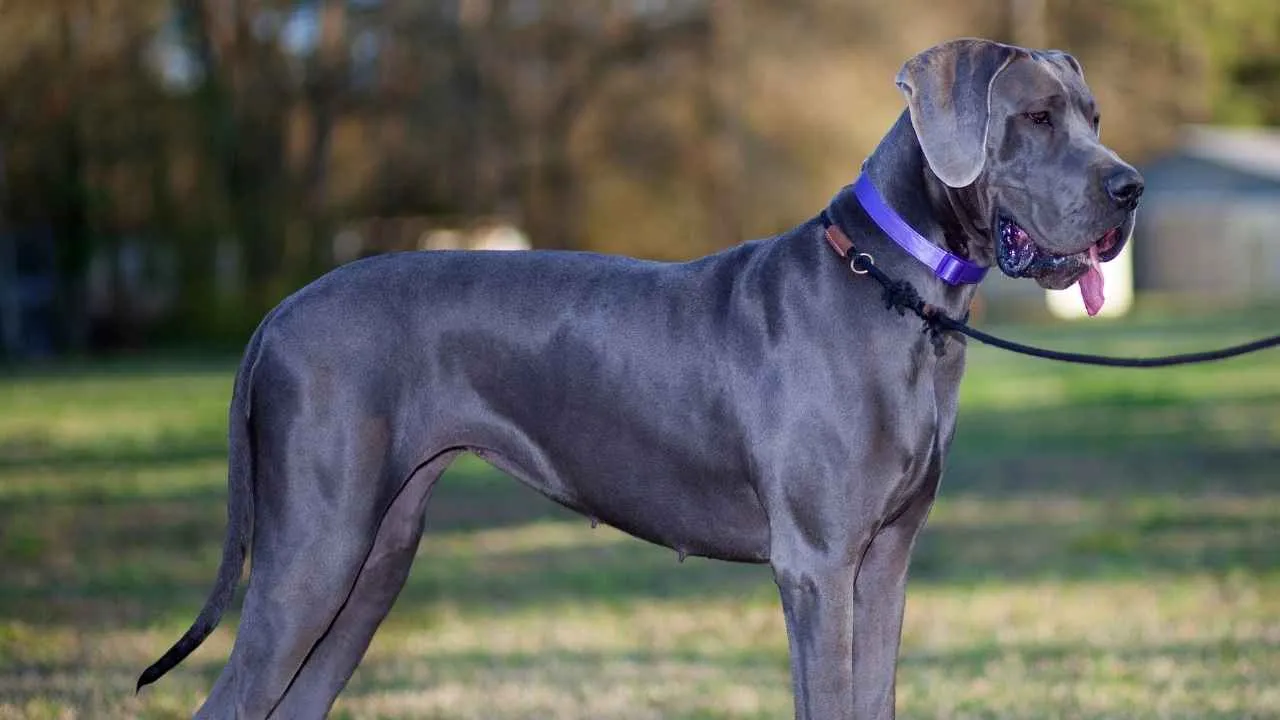
Great Danes are big dogs with a gentle personality and make loyal companions. Weighing more than a hundred pounds, Danes tend to be calm and quiet companions. They are typically good family dogs and do well with children when trained and socialized from an early age.
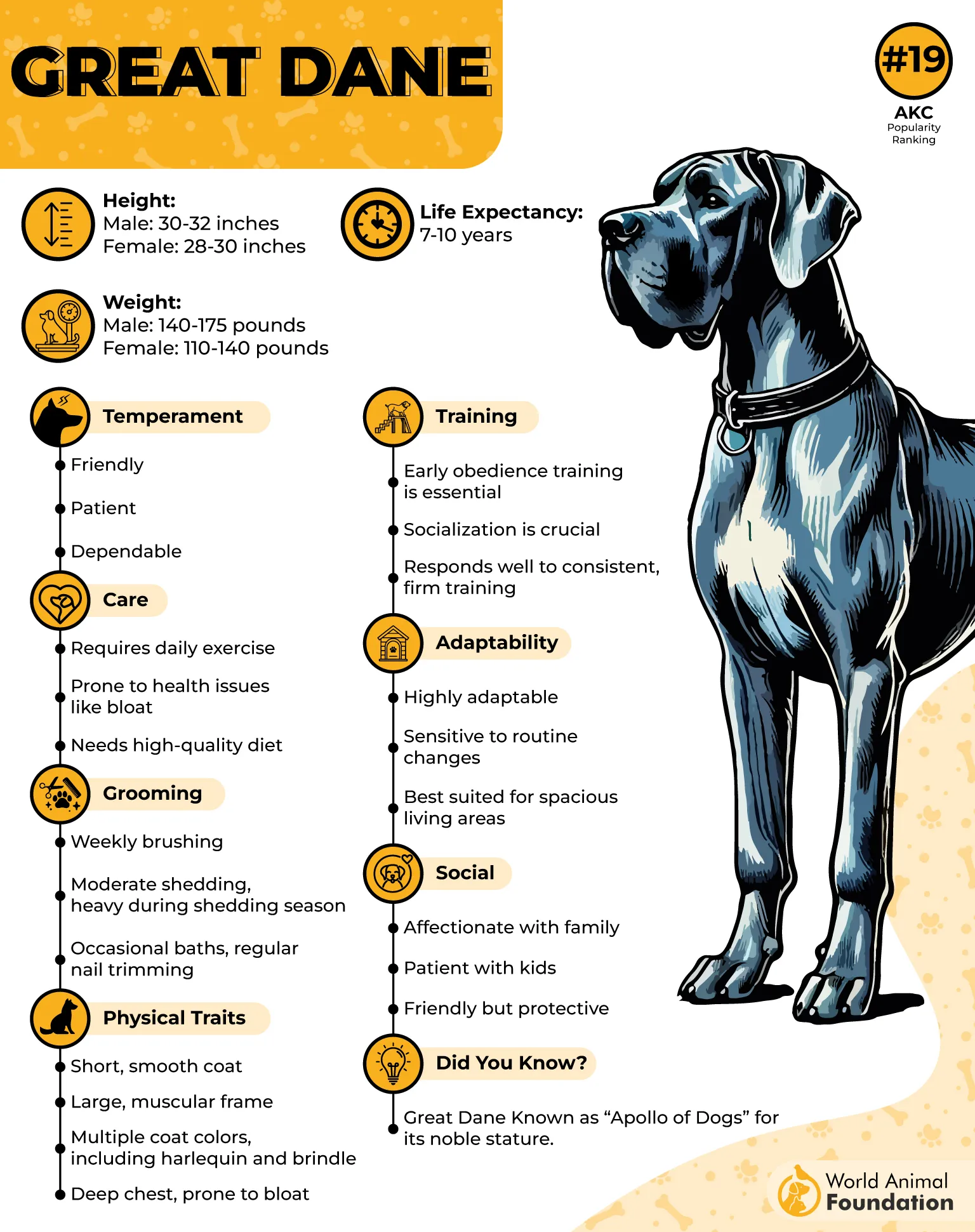
Great Danes are large and strong dogs, having the potential to knock down their family members, especially young children, accidentally. Therefore, homes with small kids should avoid having these doggos. Also, dog-child interactions should be strictly monitored.
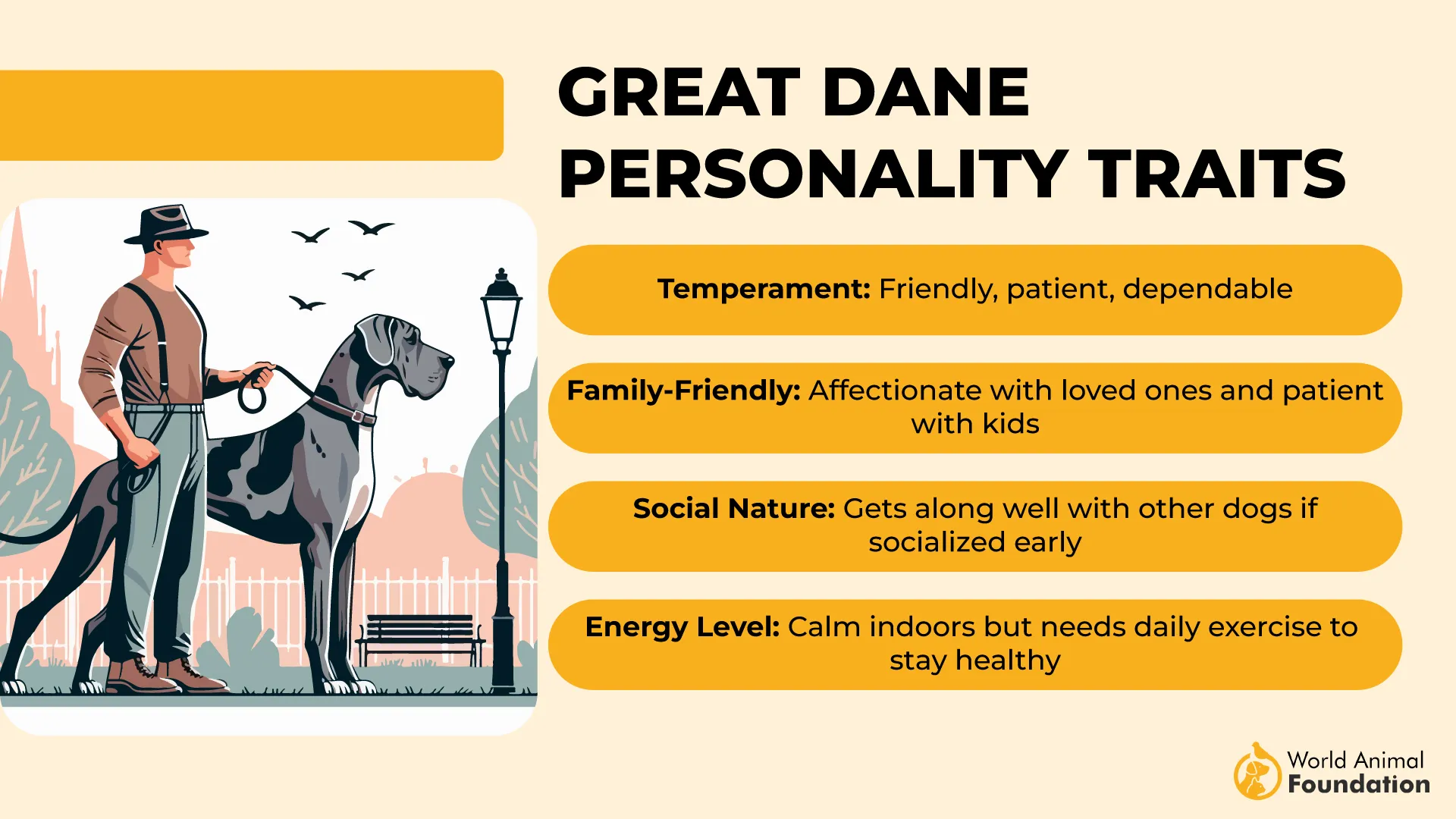
Moreover, Great Danes love spending time with their owners and do not like being left alone for long periods. So, adopt a Dane only if you have enough time to spend with them. Great Danes are very intelligent, but can be stubborn, which can make training a bit challenging.
7. Saint Bernard
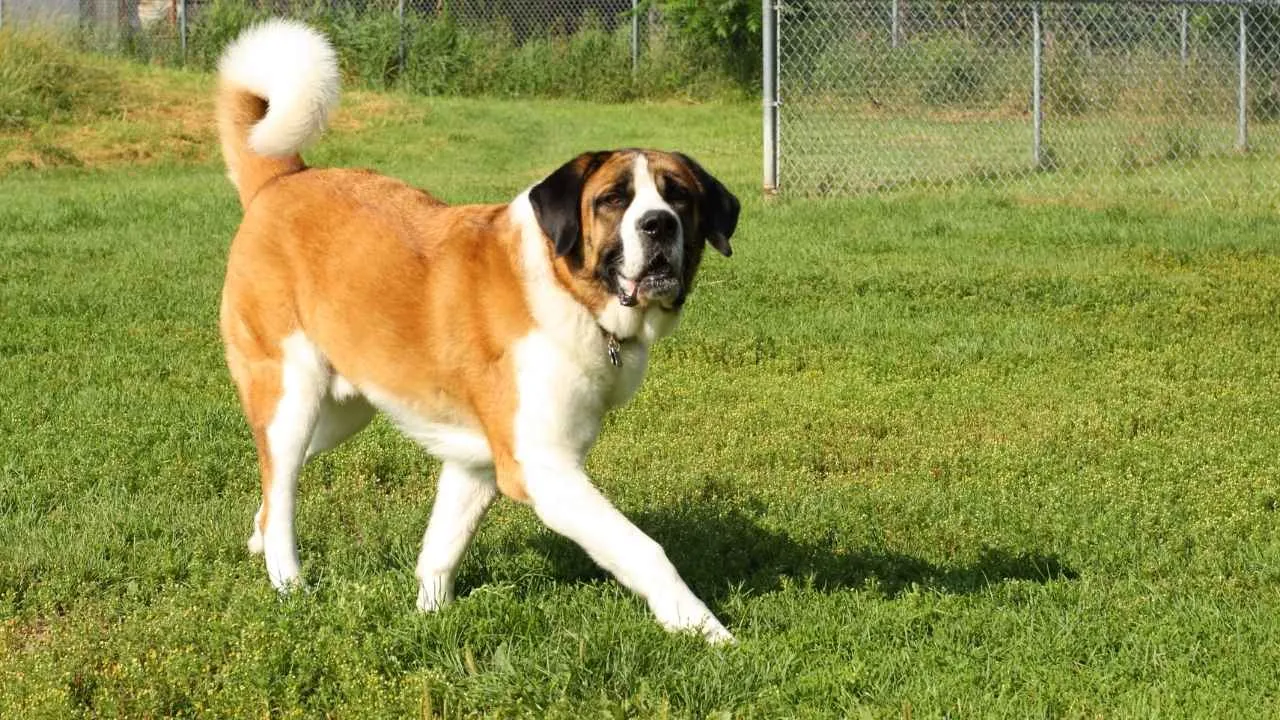
Saint Bernards are loyal dogs with strong protective instincts. Saint Bernards are affectionate dogs with low prey drive. These loving guardians have high tolerance levels and behave well around playful children.
However, they are not suitable for families with smaller kids. They are not inherently dangerous dogs, but they can knock down young kids due to their large size. Despite being the world’s largest dogs, Saint Bernards form strong bonds with their owners and tend to follow their favorite person everywhere.
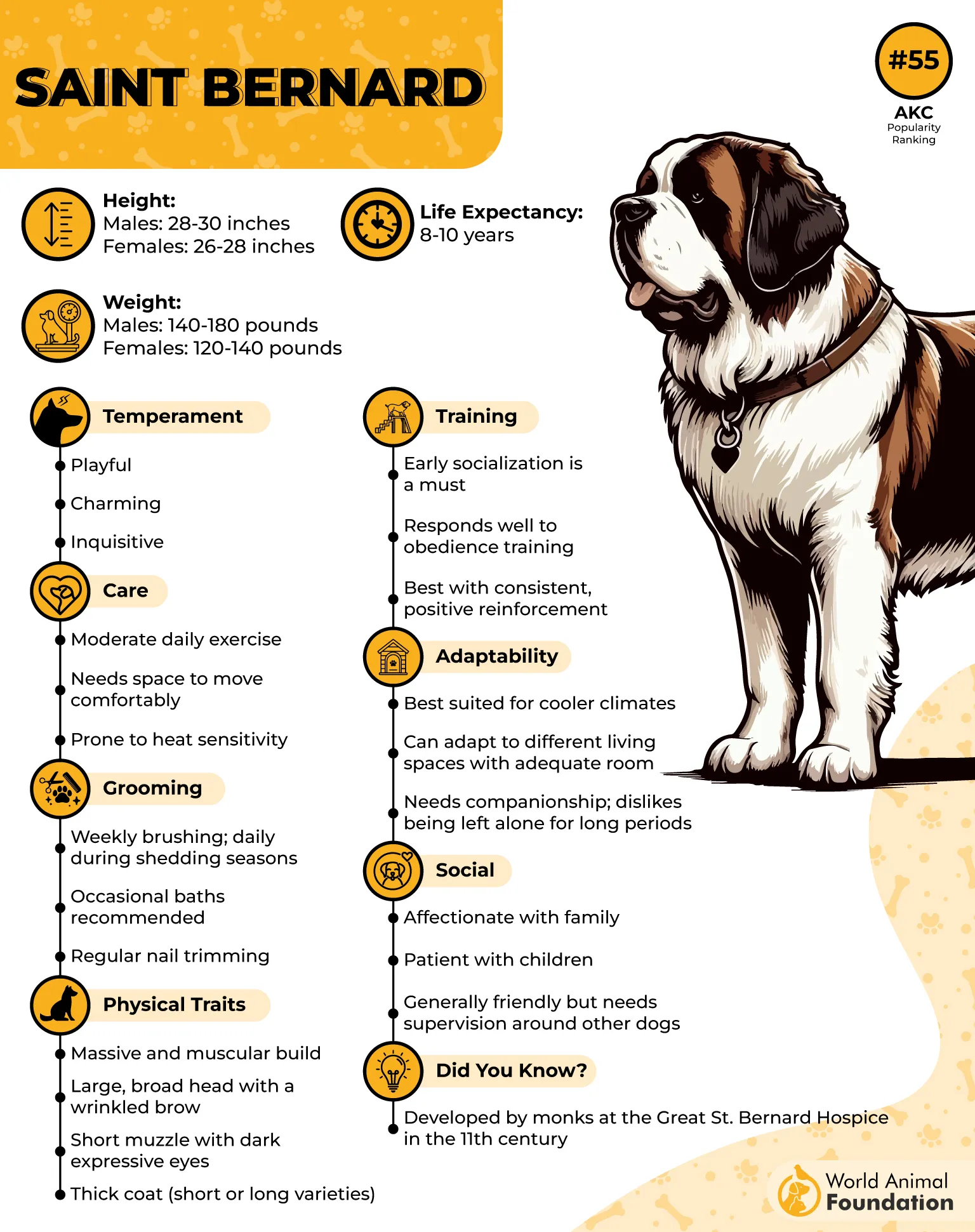
According to the American Kennel Club, Saint Bernards are charming, inquisitive, and playful. They make excellent guard dogs due to their intimidating appearance and natural guarding instincts. Saint Bernards are true gentle giants who need moderate daily exercise.
8. English Mastiff
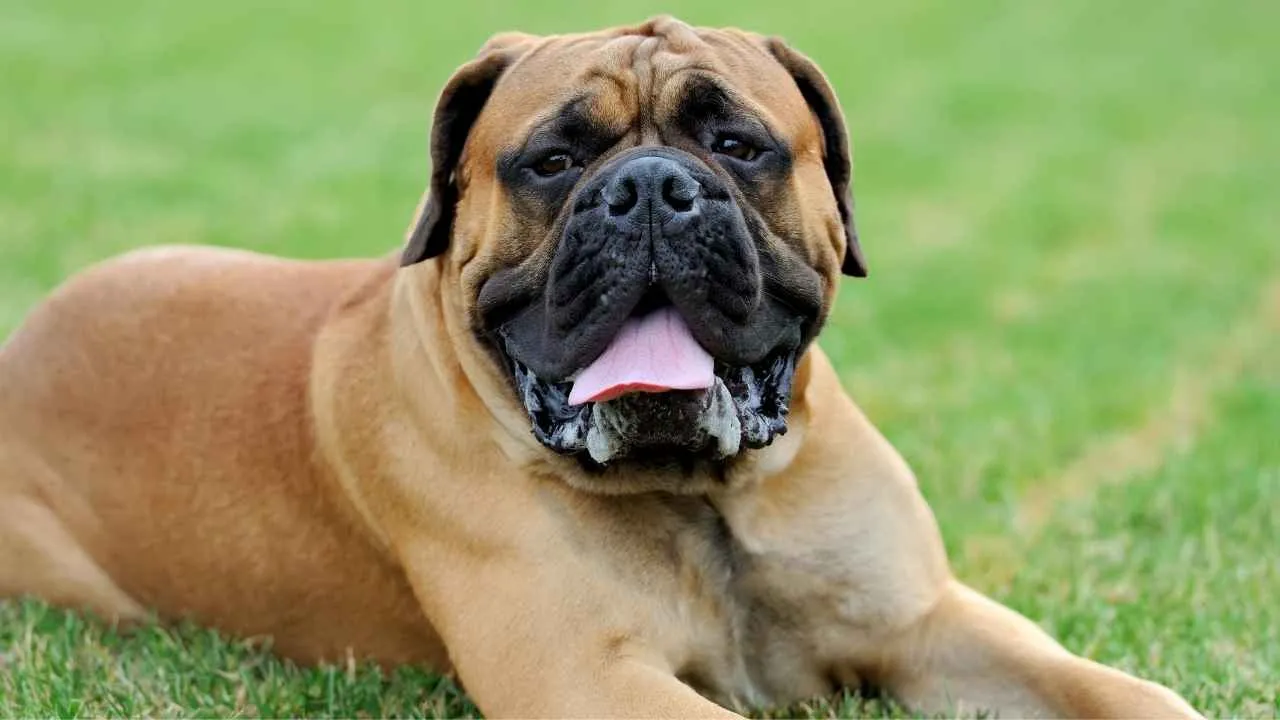
The English Mastiff is one of the largest dog breeds in the world. Their low energy levels mean they are content with staying home all day. These big dogs are wary of strangers, but can learn to be friends with new people with proper training and early socialization.
These massive canines have the size and strength to be the best protection dogs for your children. They are also very patient around them, but may not be ideal for homes with very young, rambunctious children who do not know how to interact with dogs.
That is why they should always be supervised around small kids. They are not aggressive dogs, but should be avoided in households with toddlers and babies due to their size. English Mastiffs may be strong-willed and therefore need a consistent and firm leader.
9. Irish Wolfhound
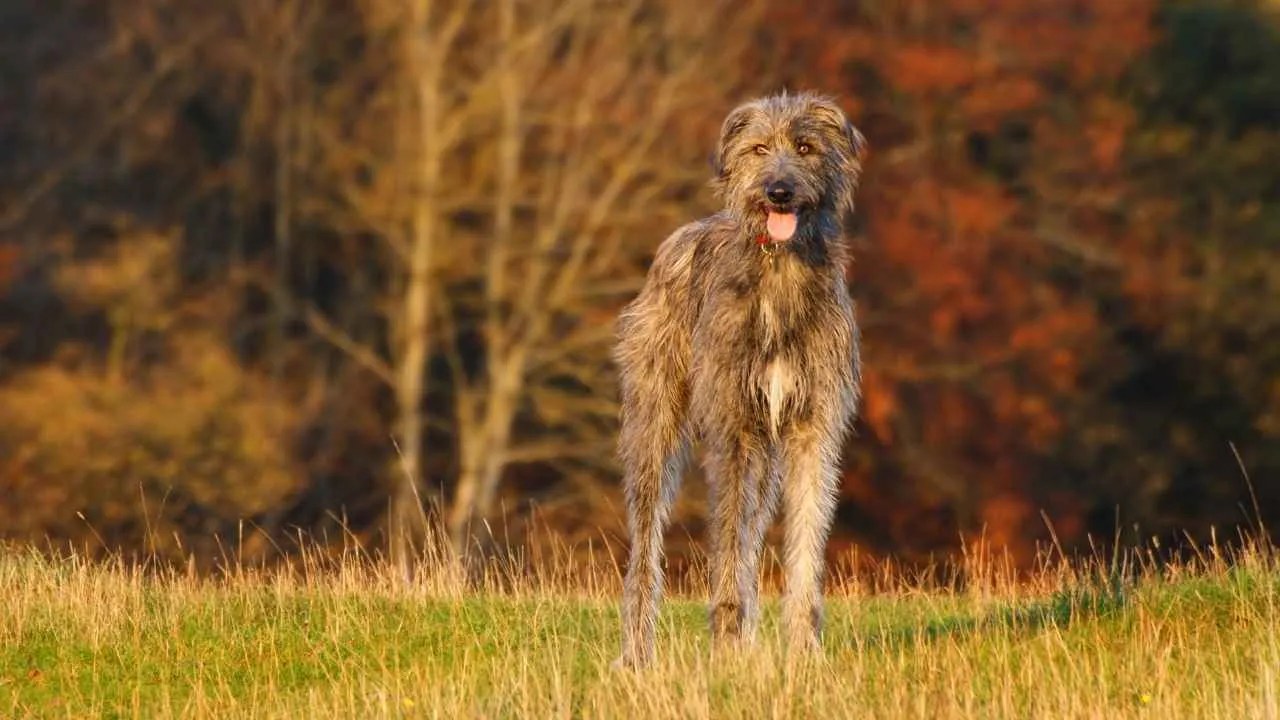
Originally bred as big game hunters, Irish Wolfhounds are big dogs who need lots of space. These pooches have sensitive personalities and respond best to positive reinforcement-based training methods like most other dogs.
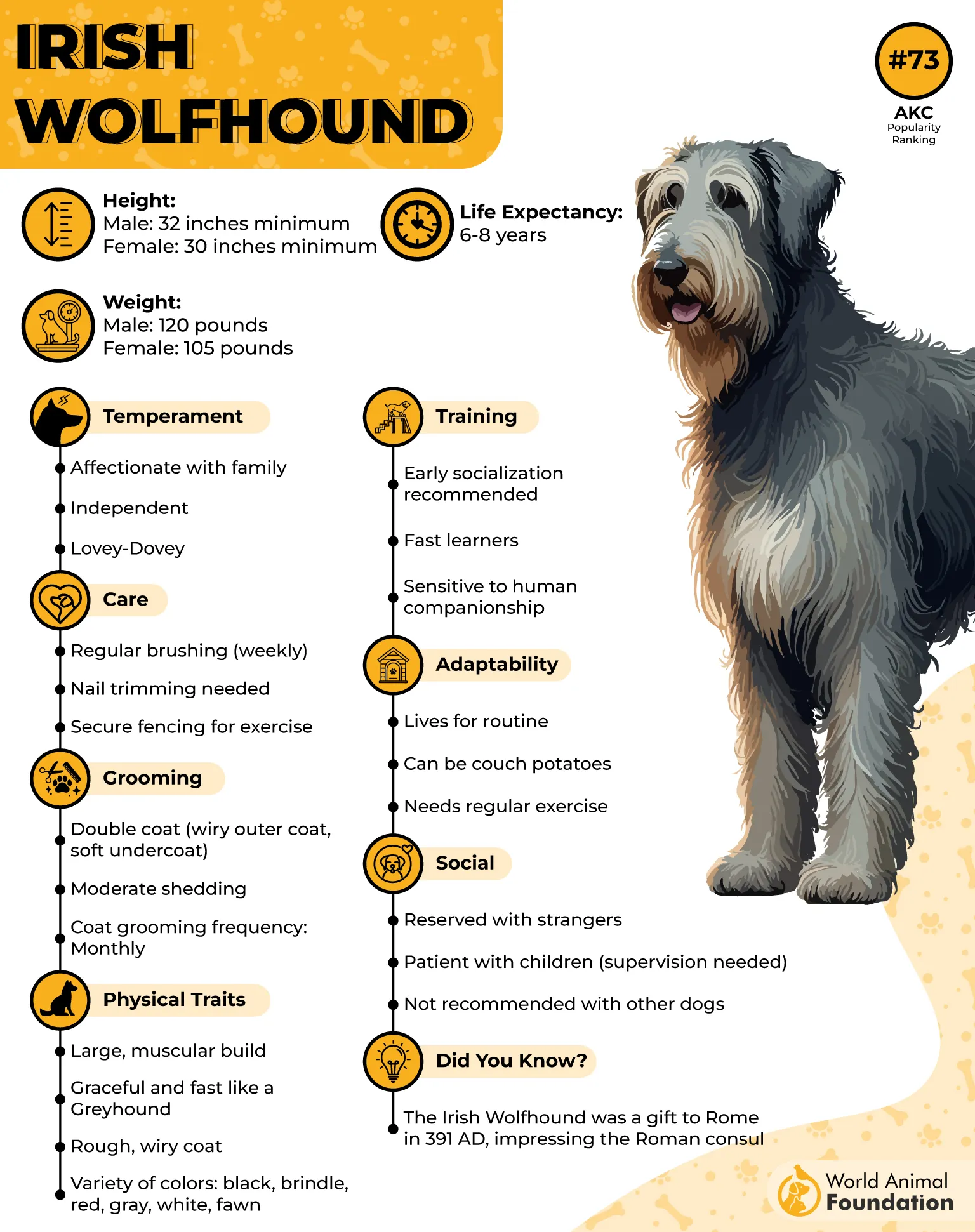
They are known for their gentle and friendly temperament and make good companions for kids. They tend to be patient and protective with kids, but may be one of the worst dog breeds for homes with very small children. The reason is their immense strength and impressive size.
Irish Wolfhounds have moderate energy levels, but they need ample room to exercise their large bodies. Around one to one and a half hours of daily physical activity and mental enrichment provides enough exercise for these pooches.
10. Newfoundland
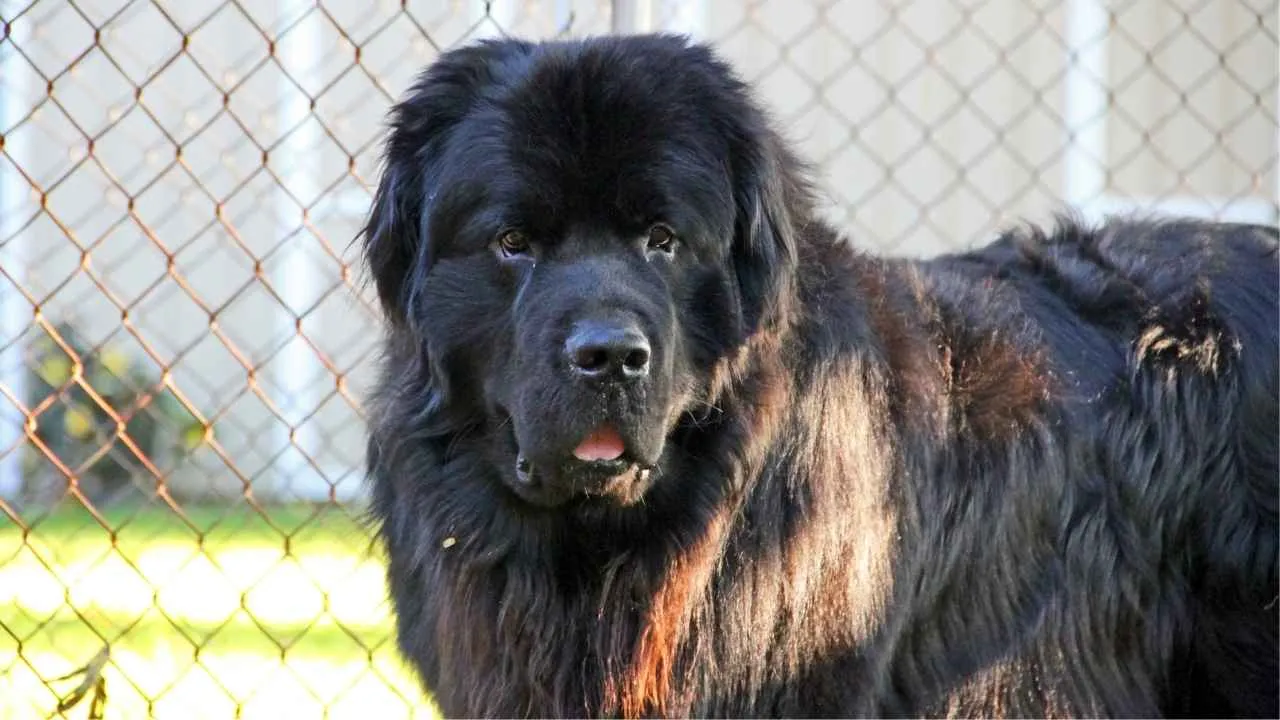
If you love swimming and are looking for a big dog, a Newfoundland may be an excellent choice. These friendly dogs make great swimmers and are known for their sweet disposition and gentle nature. Despite their large size, Nefwies are not the most dangerous dogs out there.
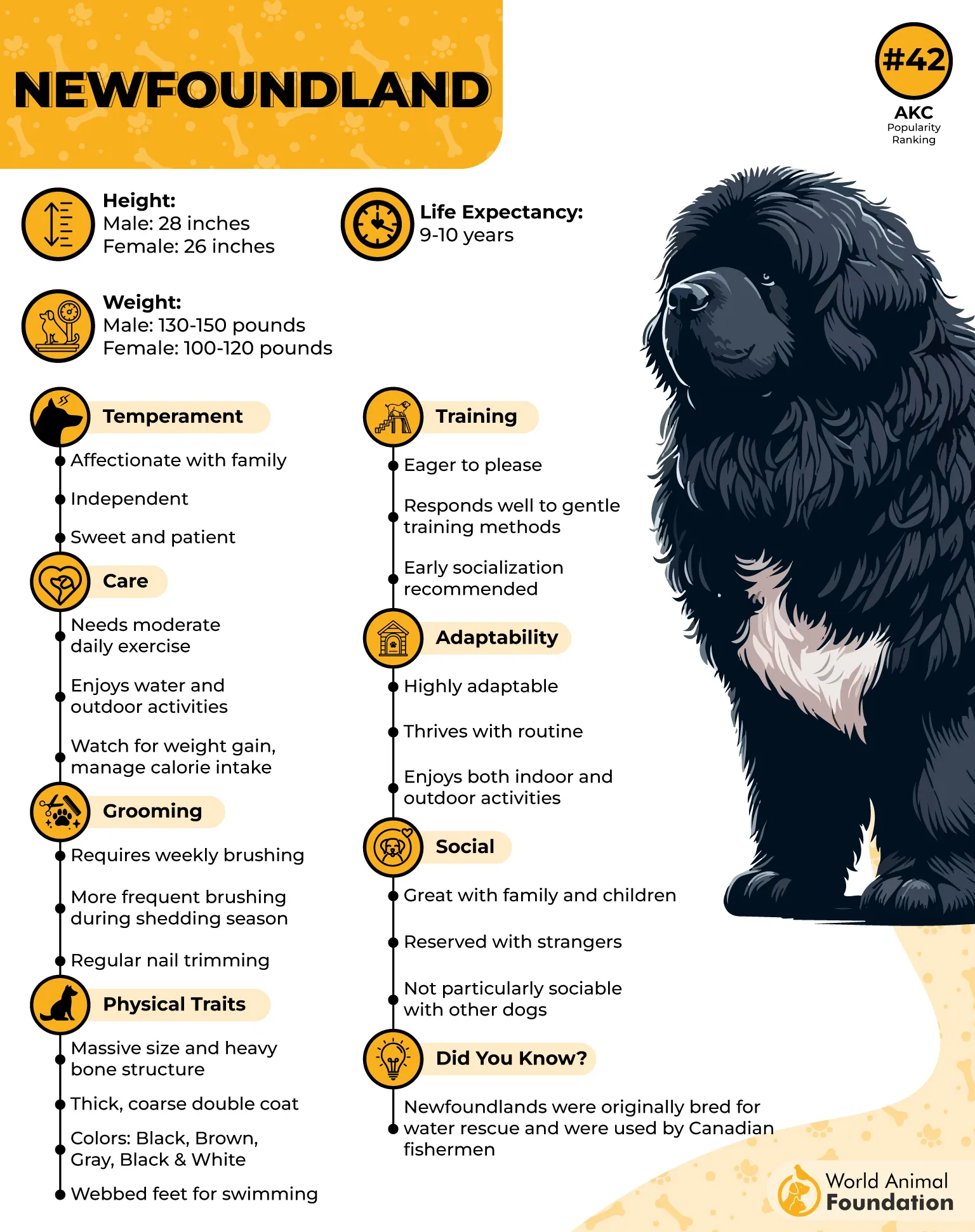
In fact, they are true gentle giants who make ideal family pets. They are patient around kids and have a good reputation as “nanny dogs.” However, Newfies are not a good choice for homes with very small children due to their size and strength.
These big, fluffy dogs drool a great deal, and their thick double coat sheds a lot. That is why they may not be a good choice for fastidious housekeepers. Their willingness to please makes them an easier breed to train. Newfies are playful and friendly with everyone.
Conclusion
Choosing the right dog breed largely depends on your lifestyle, and size is an important factor to consider before adopting a dog. Some toy dogs are not well-suited for homes with kids due to their petite stature and fragile bones.
Similarly, some large dogs may not be ideal for households with toddlers and babies. Their behavioral traits, such as patience and protective instincts, may make them suitable around kids. However, their size and strength mean they need to be avoided in homes with smaller children.


